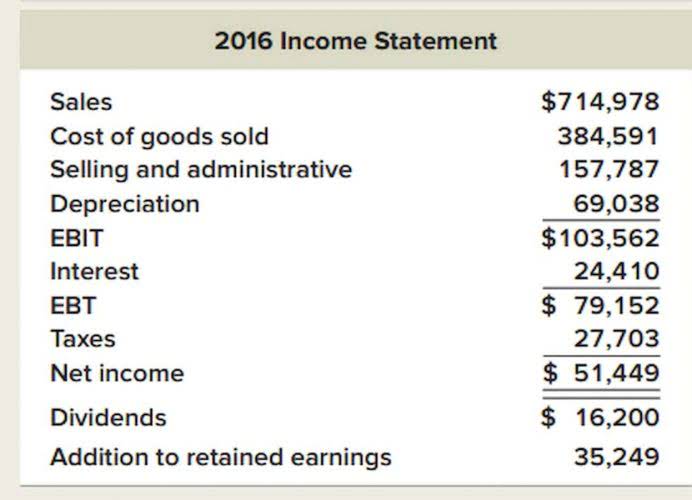Chưa có sản phẩm trong giỏ hàng.
Bookkeeping
Introduction to bookkeeping and accounting: 2 5 T-accounts, debits and credits Open University

Sal records a credit entry to his Loans Payable account (a liability) net sales for $3,000 and debits his Cash account for the same amount. Sal purchases a $1,000 piece of equipment, paying half of the purchase price immediately and signing a promissory note for the remaining balance. Sal’s journal entry would debit the Fixed Asset account for $1,000, credit the Cash account for $500, and credit Notes Payable for $500. Sal’s Surfboards sells 3 surfboards to a customer for $1,000.
Issuing stock for cash

In double-entry bookkeeping, every transaction affects two accounts at the same time (hence the word double). One of these accounts is always debited, while the other always credited. A T-Account records the debits and credits that affect an account, as well as the running balance of the account. It can be used to balance books by adding all transactions in a set of accounts so the total debits equal the total credits for each account. A T-account is used in bookkeeping, which involves keeping track of the financial transactions that occur within a business. The name is based on the way that a T-account appears, with two columns and one line.

The Power of Visualization – A Helpful Digression
- This can cause a company’s general ledger to not balance.
- In this example, the column balances are tallied, so you can understand how the T-accounts work.
- Ledger accounts categorize these changes or debits and credits into specific accounts, so management can have useful information for budgeting and performance purposes.
- The debit side is on the left of the t-account and the credit side is on the right.
- T-accounts may fail to capture the full picture in business scenarios involving multiple accounts and numerous transactions.
- Debits and credits are used in a company’s bookkeeping in order for its books to balance.
The accounts have the letter T format and are thus referred to as the T accounts. In the T- Accounts, the debit side always lies on the left side of the T outline, and the credit side always lies on the right side of the T outline. They help visualize the double-entry bookkeeping system, the core principle that governs how financial transactions are recorded. This deeper grasp empowers accountants to analyze financial data with greater confidence and interpret its implications for the business. Transactions are then recorded on the left (debit) or right (credit) side of the T, reflecting increases or decreases in that element.
- It’s a window to the specific financial aspect of your business.
- If a company buys supplies for cash, its Supplies account and its Cash account will be affected.
- The difference of $1,000 is what would be journalized as an adjusting entry and posted to the cash account T-account.
- T-accounts can become unwieldy and inefficient in large-scale operations, such as those of multinational corporations or conglomerates.
- For example, Cost of Goods Sold is an expense caused by Sales.
Purchase of Equipment
To understand how debits and credits work, you first need to t accounts understand accounts. In this guide, we’ll provide an in-depth explanation of debits and credits and teach you how to use both to keep your books balanced. The best way to understand how the rules of double-entry bookkeeping work is to consider an example.
Journal entry examples
Since the loss is outside of the main activity of a business, it is reported as a https://www.bookstime.com/ nonoperating or other loss. The term losses is also used to report the writedown of asset amounts to amounts less than cost. It is also used to refer to several periods of net losses caused by expenses exceeding revenues.

